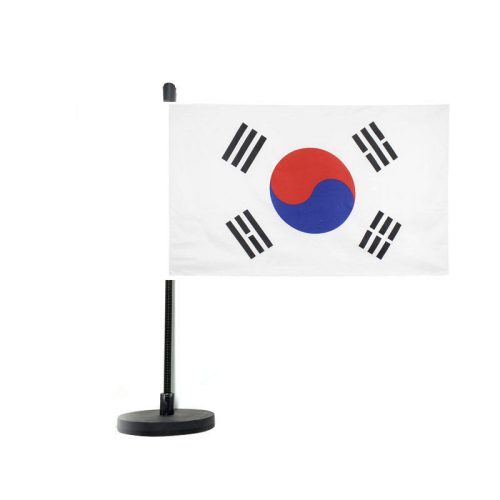Flag design has evolved significantly in modern times, with an increasing emphasis on simplicity, symbolism, and visual impact. Here are some notable trends in the evolution of flag design in recent years:
- Simplification: In the 20th century, there was a trend towards simplifying flag designs. Many countries removed complex patterns, seals, and detailed imagery from their flags in favor of simpler, more memorable designs. This trend has continued in the 21st century, with many new flags featuring bold, minimalist designs.
- Symbolism: Modern flags often incorporate symbolism that represents the history, culture, and values of a nation. For example, the South African flag incorporates colors that represent unity and reconciliation, while the Canadian flag features a stylized maple leaf that symbolizes the country’s natural beauty.
- Regionalism: In recent years, there has been a trend towards creating flags that represent regions or subnational entities within a country. For example, the flags of US states such as Texas and California have become iconic symbols of those regions.
- Digital design: With the rise of digital design tools, flag designers have more options than ever for creating dynamic, eye-catching designs. Some modern flags incorporate complex patterns and gradients that would have been difficult or impossible to create using traditional methods.
- Collaboration: Increasingly, flag design has become a collaborative process involving multiple stakeholders, including designers, government officials, and citizens. Many countries now hold public contests or involve citizens in the flag design process in order to ensure that the final design is widely accepted and representative of the nation’s values.


